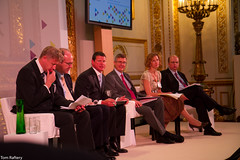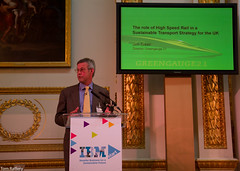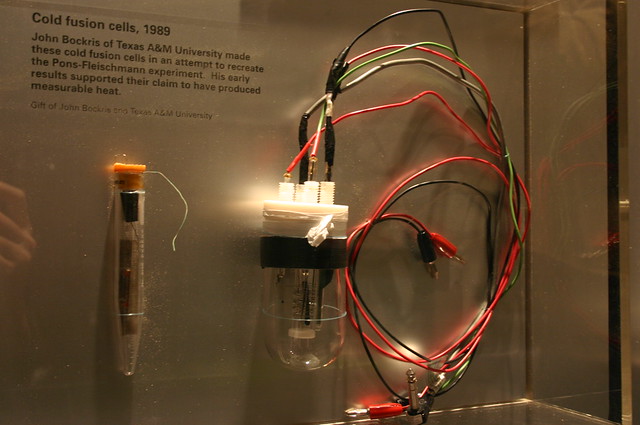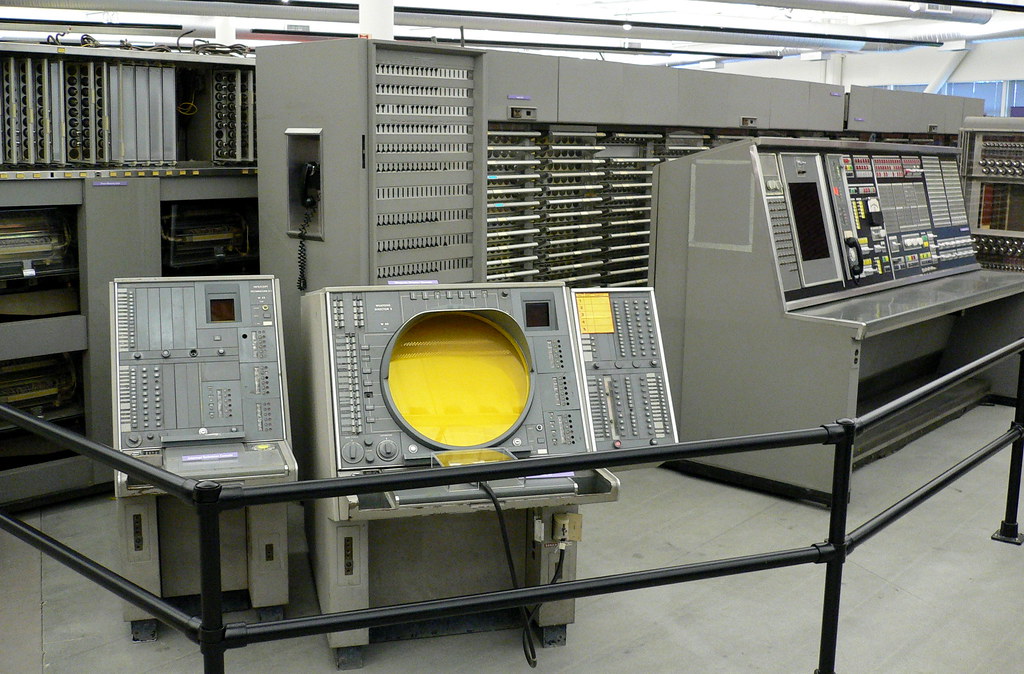
The Carbon Disclosure Project (CDP) is a not-for-profit organisation which takes in greenhouse gas emissions, water use and climate change strategy data from thousands of organisations globally. This data is voluntarily disclosed by these organisations and is CDP’s lifeblood.
Yesterday the CDP launched a new study Cloud Computing ? The IT Solution for the 21st Century a very interesting report which
delves into the advantages and potential barriers to cloud computing adoption and gives insights from the multi-national firms that were interviewed
The study, produced by Verdantix, looks great on the surface. They have talked to 11 global firms that have been using cloud computing for over two years and they have lots of data on the financial savings made possible by cloud computing. There is even reference to other advantages of cloud computing – reduced time to market, capex to opex, flexibility, automation, etc.
However, when the report starts to reference the carbon reductions potential of cloud computing it makes a fundamental error. One which is highlighted by CDP Executive Chair Paul Dickinson in the Foreword when he says
allowing companies to maximize performance, drive down costs, reduce inefficiency and minimize energy use ? and therefore carbon emissions
[Emphasis added]
The mistake here is presuming a direct relationship between energy and carbon emissions. While this might seem like a logical assumption, it is not necessarily valid.
If I have a company whose energy retailer is selling me power generated primarily by nuclear or renewable sources for example, and I move my applications to a cloud provider whose power comes mostly from coal, then the move to cloud computing will increase, not decrease, my carbon emissions.
The report goes on to make some very aggressive claims about the carbon reduction potential of cloud computing. In the executive summary, it claims:
US businesses with annual revenues of more than $1 billion can cut CO2 emissions by 85.7 million metric tons annually by 2020
and
A typical food & beverage firm transitioning its human resources (HR) application from dedicated IT to a public cloud can reduce CO2 emissions by 30,000 metric tons over five years
But because these are founded on an invalid premise, the report could just as easily have claimed
US businesses with annual revenues of more than $1 billion can increase CO2 emissions by 85.7 million metric tons annually by 2020
and
A typical food & beverage firm transitioning its human resources (HR) application from dedicated IT to a public cloud can increase CO2 emissions by 30,000 metric tons over five years
This wouldn’t be an issue if the cloud computing providers disclosed their energy consumption and emissions information (something that the CDP should be agitating for anyway).
In fairness to the CDP, they do refer to this issue in a sidebar on a page of graphs when they say:
Two elements to be considered in evaluating the carbon impact of the cloud computing strategies of specific firms are the source of the energy being used to power the data center and energy efficiency efforts.
However, while this could be taken to imply that the CDP have taken data centers’ energy sources into account in their calculations, they have not. Instead they rely on models extrapolating from US datacenter PUE information [PDF] published by the EPA. Unfortunately the PUE metric which the EPA used, is itself controversial.
For a data centric organisation like the CDP to come out with baseless claims of carbon reduction benefits from cloud computing may be at least partly explained by the fact that the expert interviews carried out for the report were with HP, IBM, AT&T and CloudApps – all of whom are cloud computing vendors.
The main problem though, is that cloud computing providers still don’t publish their energy and emissions data. This is an issue I have highlighted on this blog many times in the last three years and until cloud providers become fully transparent with their energy and emissions information, it won’t be possible to state definitively that cloud computing can help reduce greenhouse gas emissions.
Photo credit Tom Raftery










